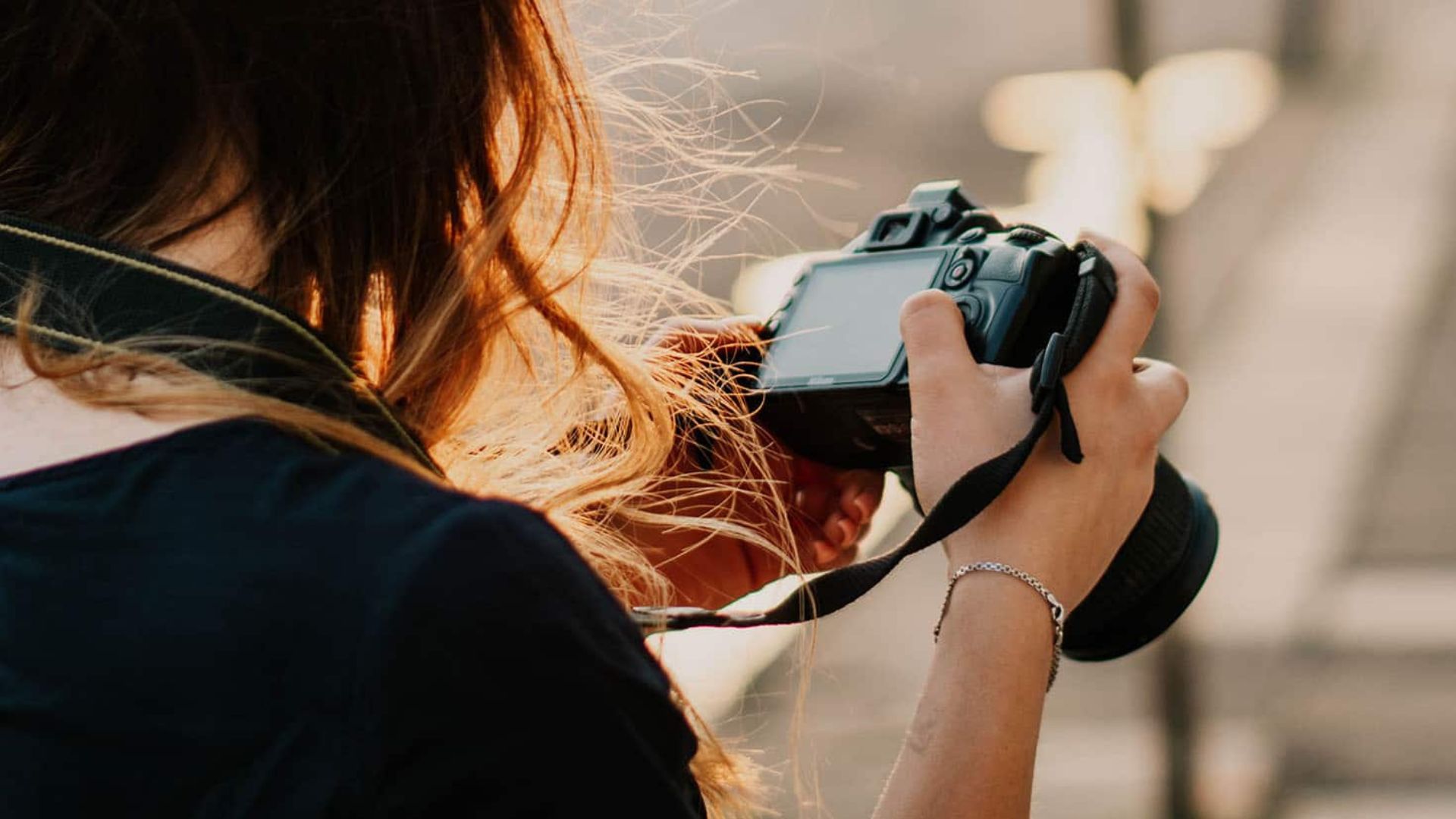|
Getting your Trinity Audio player ready...
|
Elements of photography guide composition, lighting, and capturing the essence of a scene. The world around us is brimming with beauty and stories waiting to be captured. Photography, the art of creating images through light, offers an incredible way to freeze these fleeting moments and express your unique perspective. But where do you begin to translate what your eye sees into a captivating photograph? Fear not, aspiring photographers! This guide explores the 10 fundamental elements of photography, equipping you with the knowledge and tools to take your shots from ordinary to extraordinary.

1. Composition
Imagine your camera frame as a canvas; composition is how you arrange the elements within it. The rule of thirds is a popular starting point, dividing the frame into a 3×3 grid and placing your subject at the intersections or along the lines. Explore other techniques like leading lines, negative space, and the golden ratio to create visually balanced and engaging compositions.
2. Lighting
Light is the lifeblood of photography. Having a grasp of the way light interacts with your subject is essential. Natural light offers a soft and warm feel, while artificial light can create dramatic effects. Play with different lighting angles: front lighting for even illumination, backlighting for dramatic silhouettes, and side lighting for creating texture and dimension.
Summary
Light is essential in photography, like the lifeblood. It’s crucial to understand how light interacts with your subject. Natural light creates a soft and warm feel, while artificial light can be used to create dramatic effects. You can experiment with different lighting angles to achieve different results: front lighting for even illumination, backlighting for dramatic silhouettes, and side lighting for adding texture and dimension.
3. Aperture
The aperture, often represented by an f-number, controls the amount of light reaching the sensor. A wider aperture (lower f-number) lets in more light and creates a shallow depth of field, blurring the background and drawing focus to your subject. Conversely, a narrow aperture (higher f-number) lets in less light but creates a deeper depth of field, keeping both foreground and background sharp.
4. Shutter Speed
5. ISO
ISO measures the sensor’s sensitivity to light. A lower ISO produces cleaner images with less digital noise, ideal in bright light conditions. A higher ISO increases light sensitivity, enabling you to shoot in low-light situations but introducing more noise, which can appear grainy.
6. White Balance
White balance ensures the colours in your image appear natural. Different lighting conditions affect colour temperature: incandescent light casts a warm, yellowish glow, while daylight appears cooler and bluer. Your camera offers various white balance settings, such as “auto,” “daylight,” or “tungsten,” to adjust for these variations.
7. Lens Choice
The lens you choose significantly impacts the final image. A wide-angle lens captures a broader view, ideal for landscapes or capturing an entire room. A telephoto lens zooms in, bringing distant subjects closer, perfect for portraits or wildlife photography. Explore different focal lengths to find the best lens for your desired effect.
8. Rule of Thumbs
While these elements offer valuable guidance, remember, that photography is an art form, not a rigid rulebook. Don’t be afraid to experiment and break the “rules” to create unique and artistic expressions. Welcome experimentation and allow your creativity to lead the way.
9. Storytelling
A powerful photograph goes beyond a mere snapshot; it tells a story. Capture emotions, convey a message, or evoke a feeling in the viewer. Think about the story you want to tell with your image and use composition, lighting, and other elements to visually narrate it.
10. Practice and Experimentation
Photography is a journey, not a destination. The best way to master these elements is through consistent practice and experimentation. Take your camera everywhere, capture diverse scenes, and don’t be afraid to fail. Learn from your mistakes, refine your skills, and discover your unique photographic voice.
Conclusion
Remember, the most important element is passion. Capture what inspires you, experiment with different techniques, and let your creativity flow. With dedication and these fundamental elements as your guide, you’ll be well on your way to taking stunning photographs that capture the beauty and stories around you.

